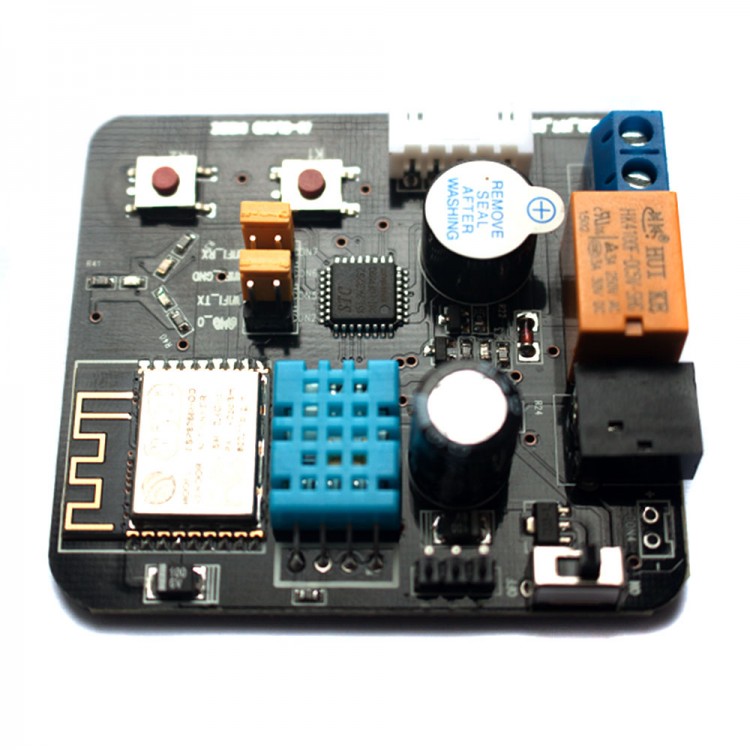

The main difference between ESP Easy firmware and NodeMCU firmware is that the former is designed as a high-level toolbox that just works out-of-the-box for a pre-defined set of sensors and actuators. At a low level, the ESP Easy firmware works the same as the NodeMCU firmware and also provides a very simple operating system on the ESP8266.

The name "ESP Easy," by default, refers to the firmware rather than the hardware on which it runs. It runs on ESP8266 Wi-Fi based MCU (microcontroller unit) platforms for IoT from Espressif Systems. and originally developed by the community (formerly known as ESP8266.nu community).
#Esp8266 firmware source free
Tag names follow the -release_yyyymmdd pattern.ESP Easy is a free and open source MCU firmware for the Internet of things (IoT). They are listed in the releases section here on GitHub. Depending on the current "heat" (issues, PRs) we accept changes to dev for 5-6 weeks and then hold back for 2-3 weeks before the next snap is completed.Ī new tag is created every time dev is merged back to release. The goal is to merge back to release roughly every 2 months. release thus can be considered "stable" even though there are no automated regression tests. dev is actively worked on and it's also where PRs should be created against. This project uses two main branches, release and dev. Use the automated custom firmware build service to get the specific firmware configuration you need, or consult the documentation for other options to build your own firmware. ĭue to the ever-growing number of modules available within NodeMCU, pre-built binaries are no longer made available. With every commit the documentation is rebuilt by Read the Docs and thus transformed from terse Markdown into a nicely browsable HTML site at.
#Esp8266 firmware source code
The fact that the API documentation is maintained in the same repository as the code that provides the API ensures consistency between the two. The entire NodeMCU documentation is maintained right in this repository at /docs. For more extensive examples have a look at the /lua_examples folder in the repository on GitHub. To give you an idea what a NodeMCU program looks like study the short snippets below. Many functions, therefore, have parameters for callback functions. The NodeMCU programming model is similar to that of Node.js, only in Lua. All of the RAM is available for read-write data! Programming Model This now enables NodeMCU developers to create Lua applications with up to 256Kb Lua code and read-only constants executing out of flash. LFS allows Lua code and its associated constant data to be executed directly out of flash-memory just as the firmware itself is executed. In July 2018 support for a Lua Flash Store (LFS) was introduced. Firmware available with or without floating point support (integer-only uses less memory).



 0 kommentar(er)
0 kommentar(er)
